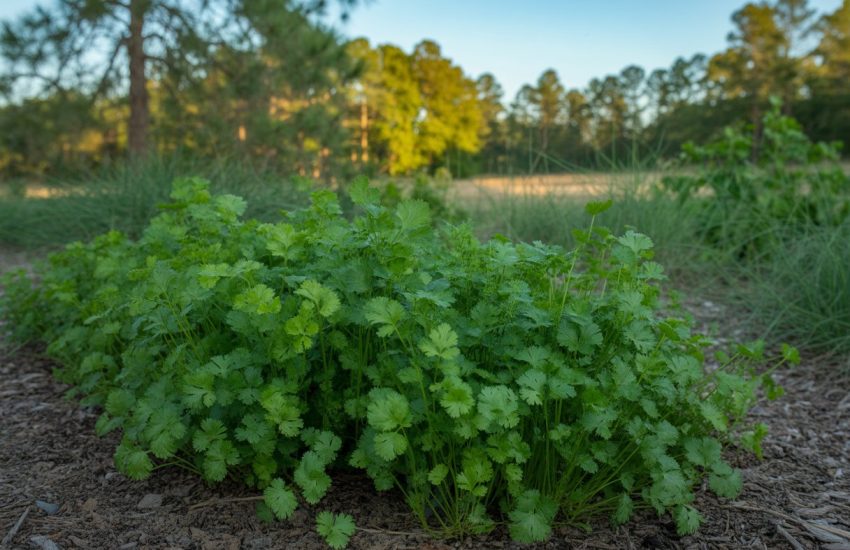Guide to Seeding a Lawn
Introduction
Do you want a good-looking garden but don’t know how to do it and where to start? Don’t worry, there are endless options to make your garden eye-catching, and seeding a lawn is one of them. In this article, we will find out how to seed a lawn, a detailed guide with multiple titles. Seeding a lawn may seem easy, but don’t forget that gardening requires effort – no matter what you sow or plant.
However, don’t let this effort scare you. Seeding a lawn is not complicated as you think. It can be considered as easy when you follow the instructions. For example, seeding time, watering, soil, place, etc., are the most important factors in growing a healthy lawn. We will take a look at all of them with combining tips.
How to Select the Best Grass Seed for a Thriving Lawn
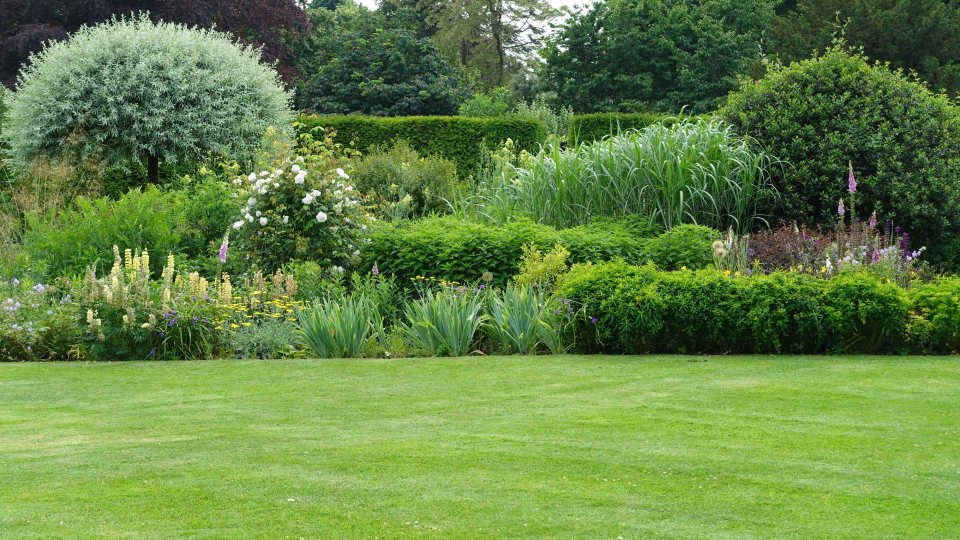
This is a question that can be changed according to some features. Choosing the best seeds for your lawn depends on your:
- Location
- Planting area’s sunlight reception
- Climate
- Hardiness zone
- Season
These are the most needed features you need to consider before choosing the grass seed. You may ask why, and it is pretty normal. It is just a lawn that you will seed for a good-looking garden. They are not only good-looking but also functional and can help your garden in various ways. Therefore, choosing the best grass seed would be beneficial for you.
Here are the recommendations:
- Bentgrass and fescue would be good choices if you live in a cold climate. They thrive well in cold climates.
- If you are living in warm-hot climates, Bermuda grass and zoysia grass would be good choices. They love growing up in warm and hot temperatures.
Choosing the Suitable Months
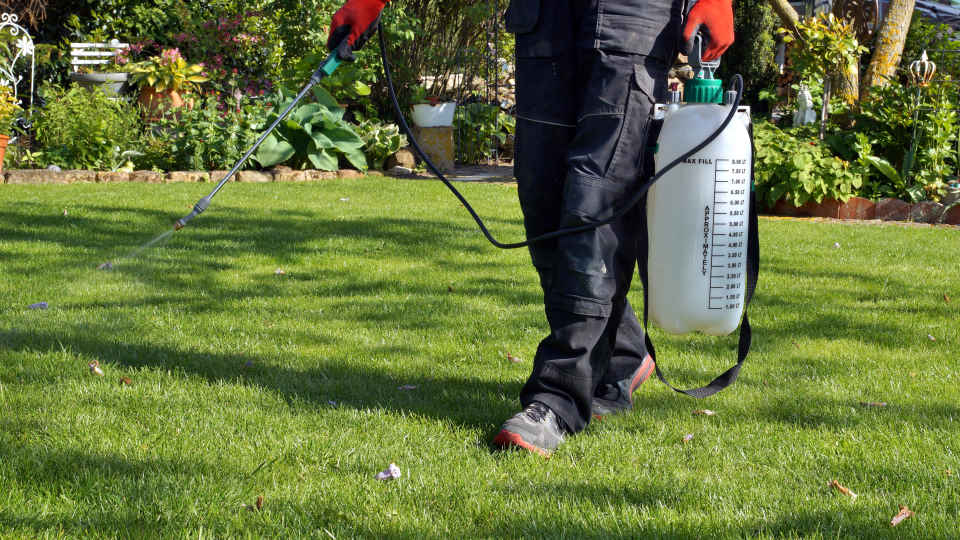
We talked about the importance of season and climate above. Choosing a suitable month is necessary to grow healthy lawns. And growing healthy lawns depends on the type of seed. As you can see, they are linked to each other. And we can say that choosing a suitable month depends on these features.
You can sow them whenever you want. This may surprise you, and this question can pop into your mind: “If I can plant it whenever I want, why am I looking to choose suitable months?” However, choosing specific and suitable months would be the best for your lawn’s growing and general health.
Mid-spring months like April-May are good choices because planting before any summer or winter stress would allow your lawn to survive. However, it can block the way to reaching maturity easily. Please keep this in your mind.
Choosing the Soil
Soil is the life source for plants because it is their home. Choosing a home for a lawn is essential to growing healthy and good-looking lawns. People mostly think grass can be planted in any soil type, but that’s not true. One of the reasons for withered lawns is not choosing suitable soil.
You may move to a new house and don’t know the soil type. You can find test kits to determine the soil type of your new garden. Or, you can create a new area with new soil. Contacting the old owners can be a choice, too.
- Loam soil is the best soil to grow a healthy lawn since its well-draining and can hold moisture. It allows the lawn to take nutrients directly.
- Sandy soil would be a great choice because it can warm up quickly and is well-draining. But, they dry out easily.
Preparing the Seed Beds, What Should You Do?
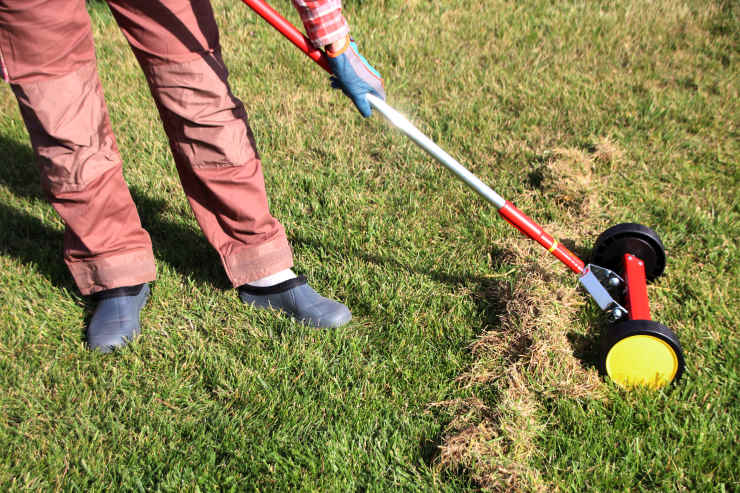
You’ve learned the basic needs to learn how to seed a lawn, now it’s time to start planting. The first step is preparing the seed bed – you can think of it as your lawn sleeping place. Preparing the seedbed is as important as other factors. You need to prepare it well so that your lawns can grow quickly and healthily.
These steps would be beneficial:
- Before preparing, you can run a pH test on your soil to test quality. pH between 6.8 and 7.2 would be the best.
- Clean the soil meticulously. Many new gardeners think soil with a rock is good, but for most plants and lawns, it is not.
- Remove the rocks, branches, and weeds. Flattening the surface would be awesome.
- You can add topsoil if your soil’s pH and quality seem insufficient.
How to Seed a Lawn
Before starting, you would already choose the area. If your garden or area where you would seed a lawn is small, you can use your hand to shatter it. They should be visible during seeding. You need to cover them after seeding. By the way, you should consider spreaders if you are planting in a large area. Please don’t forget to prepare the bed and soil correctly. This would affect your whole garden.
Here are the steps:
- Moisten the flattened surface before starting seeding.
- Mix the seeds in a seed bag or box.
- Recommended seed shattering rate is 50-70g per m2. However, it depends on the area.
- From right to left would be good, but it also depends on your area.
- You need to adjust the spacing around them. Place the too close seeds apart.
- After seeding, cover the seeds immediately to protect them from birds.
Germination

Germination is a step that is generally upped to the gardener, but there is no harm in learning it. You can grow beautiful-looking lawns by germinating them. Germination rate changes according to location, weather, seed type, soil, etc. Generally, 10 days are more than enough. You can use different methods for germination. For example, seeding in the container would work.
Here are the steps:
- Put the seed in a seed bag or porous cloth, and tie it up tightly.
- Place the bag in a container like a fish tank.
- If you use a different type of container, give the water immediately.
- 4-5 days soaking in the water.
After 4-5 days, remove the seeds from the container and drain the water. If you leave them in water for more than 4-5 days, they may be rotten. After these steps, you can plant germinated seeds in the seeding area.
Watering
Watering is an essential step for every plant. It’s a step that must not be skipped. However, you still need to be careful about watering lawns. Let’s check out. First of all, you need to create a regular watering schedule for your lawns. Regularly-watered lawns would look healthier and brighter.
Note that less watering will cause lawn death while over-watering will result in the same. This may scare you, but don’t worry. All you need to do is water regularly and keep the soil moist. You should water more when it’s dry outside – especially on hot summer days. You should avoid watering when it is raining outside. Seed types also affect the watering because it is directly connected to growing speed.
Wind
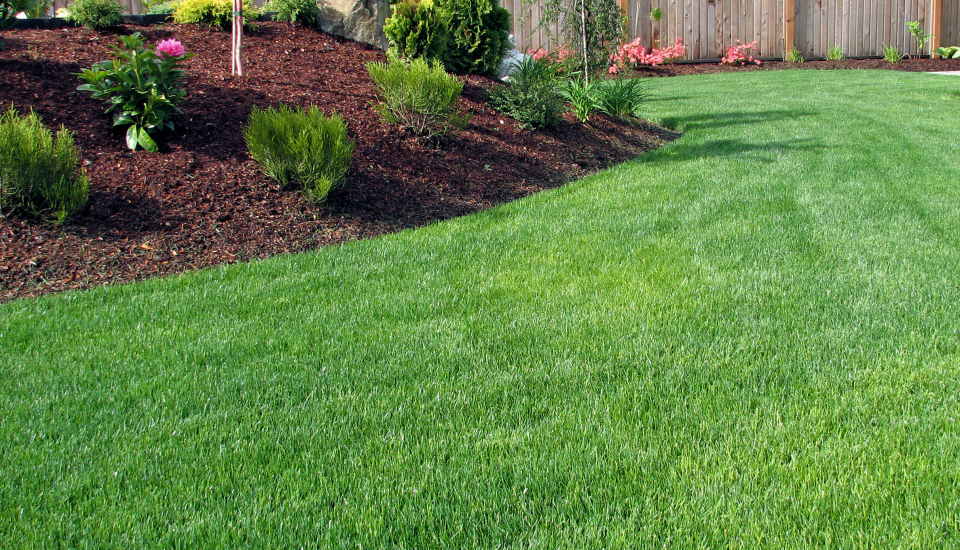
Sun and rain are guessable, but do you know that wind can affect your seeds, too? It is new, but yes – the wind may affect your lawn. You should give more water during windy days and keep the soil moist to protect seeds.
Seeds in moist soil would likely stick to the soil so they won’t fly away. You should consider using a windbreaker, too. It will prevent wind directly from the wind. You can still use the watering method, too.
Conclusion
In conclusion, learning how to seed a lawn is not as complicated as you think. It’s mostly considered difficult by some gardeners and can scare new gardeners easily. However, there is no need to be afraid – all you need to do is follow the instructions in the right order. Don’t forget to consider tips while seeding and caring for your lawn.
Start with choosing the best month to plant seeds. It would depend on your location, hardiness zone, weather, season, etc. Choosing the type of seed is up to you. You can choose suitable types according to your garden and mix them. You can mix the loam and sandy soil to provide the best soil for your lawn. Again, creating a regular watering schedule and using a windbreaker or moist soil method would be beneficial.
You may also be interested in:

